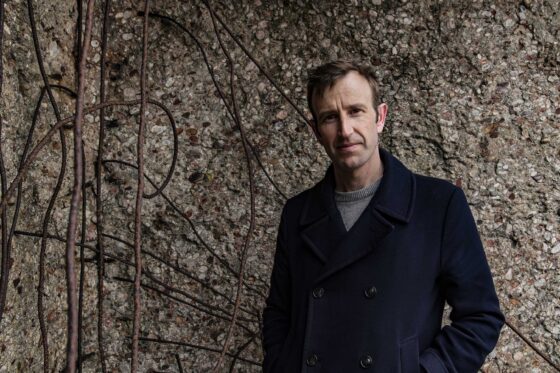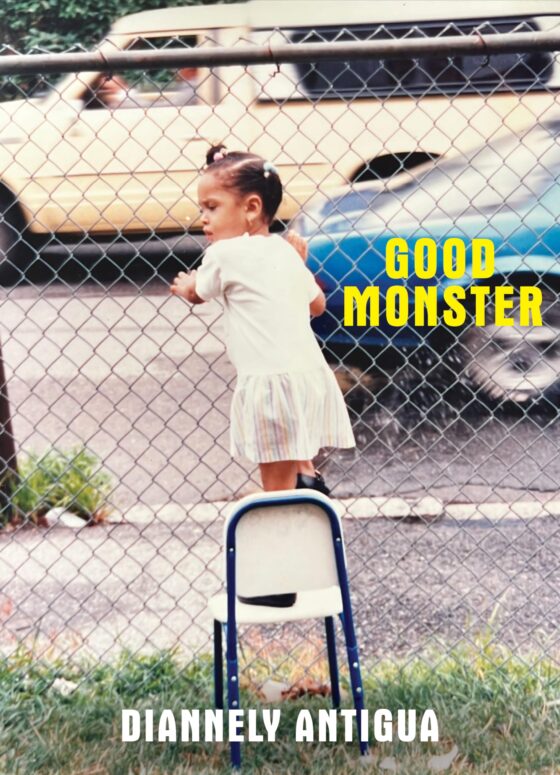There are books on the NEA’s list that I haven’t read and undoubtedly should read—but unless I’ve made a New Year’s resolution, I prefer to stumble upon my next book.
***
At the Mount Vernon, Ohio Farmer’s Market on a recent Saturday morning, the young Kenyon Review associates couldn’t give their last few copies of Louise Erdrich’s novel Love Medicine away. They were forced to leave their microphone and their makeshift stand advertising the NEA’s the Big Read program and offer free books to the farmers selling organic meat, cut zinnias, and bushels of tomatoes. None of the vendors were willing to take a book.
Refusing a free anything involves a sort of integrity—the local populace was turning down a book they were unlikely to read. Or was it that the local farmers saw the college students the way some of us might see the Jehovah’s Witnesses? Were they simply waving away what seemed to them the equivalent of a Watchtower pamphlet about Armageddon?
The Big Read was initiated in 2006 with the best of all possible motives: to counter-act a documented decline in reading, particularly among younger readers. Its pilot project asked ten communities to choose from four possible books. Chicago chose to read Harper Lee’s To Kill a Mockingbird during its “One Book, One Chicago” program; New York City was unable to agree on a single book to read. The Big Read has now spread throughout the country, into libraries and classrooms, and involves kickoff events, free book giveaways, author readings, discussion groups, and screenings.
But reading through the list of the thirty Big Read books, there is a whiff of Brussels sprouts—these particular books were chosen because somebody decided they were good for us. Rather than being filtered through a distinctive sensibility, it is clearly a list compiled by committee, designed to appeal to the various demographics that make up America. Although I am regularly infuriated by the exclusion of women writers on the “best of” lists and “emerging writer” rosters, I find myself equally annoyed by the careful, programmatic inclusion of women writers, Asian-American writers, Native-American writers, African-American writers, and that most marginalized group of all: poets.
In the square at Mt. Vernon that day, I was unable to resist the free book, which was bedecked with rapturous quotes from the critics. Yet as soon as I’d taken it, I began to resent the Big Read. I had my own bedside stack of books waiting to be read, and Erdrich, through no fault of hers, had jumped the queue. Because she was due to speak at Kenyon College, where I teach, in early November, I now had a deadline. Reading for pleasure had turned into homework—a feeling compounded by the NEA’s Reader’s Guide to Love Medicine foisted upon me when I took the book. (Sample Discussion Question: Is Lulu Lamartine a good person? Is she a sympathetic character? Why or why not? ) One is anxious to get one’s hands on a banned book—but a required book? That just isn’t sexy.
If you Google the list of the Big Read books, you might well wonder what I’m going on about. It’s true, some of the best books I’ve ever read are on that list: The Things They Carried by Tim O’Brien, Housekeeping by Marilynn Robinson, and The Age of Innocence by Edith Wharton. There are also those perfectly good books that have been ruined by their perpetual inclusion on high-school reading lists: Ray Bradbury’s Fahrenheit 451, Steinbeck’s The Grapes of Wrath, To Kill a Mockingbird. This high-school flashback is compounded by the way the website has organized the books into Themes: Coming of Age, Courage, Crime and Justice, Identity, Integrity, Loss, Love Stories, and Principles. (My principle is to beat it whenever thematic capital letters are trotted out.)
There are other books on the list that I haven’t read and undoubtedly should read and would probably even enjoy reading. But unless I’ve made some sort of New Year’s resolution involving Proust I prefer to stumble upon my next book. Somebody mentions a book at a party, I read an interview with Margaret Drabble and realize it’s been ages since I read Margaret Drabble, or I take a chance on a paperback I find at the annual public library tent sale. The Big Read is not unlike a national book club—and I’m still recovering from my one and only book club experience. I went because they were reading a book I was reading anyway, The Fortress of Solitude by Jonathan Lethem, but one woman made herself the de facto expert because, like the author, she had been born in Brooklyn, and on that authority she held the discussion hostage for two hours.
As a writer myself, it is of course crazy to complain about our tax dollars being spent on getting people to read. Perhaps in the town square that day, there was a farmer’s daughter who took Louise Erdrich’s book home and read it, thereby discovering literature. As a result of the Big Read, she might decide to go to college, she might go West, she might become an English teacher, a librarian, or even a writer. All I’m saying is this: Please don’t take the fun out of reading by replacing it with worthiness.




